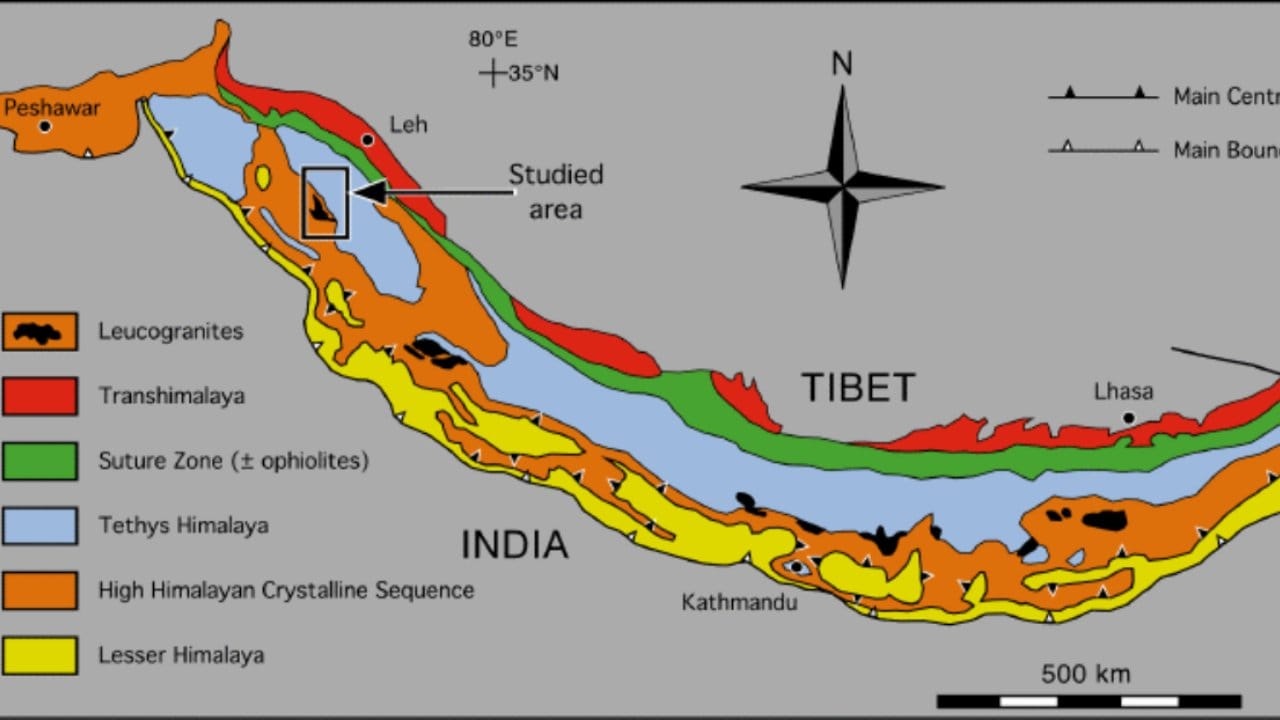
Solid lines indicate present-day continents in the Indian Ocean region, but no geologic data exist to determine the exact size and shape of the tectonic plates before their present-day configurations. In the rate of plate movement are interpreted to mark the beginning of theĪrtist's conception of the 6,000-km-plus northward journey of the "India" landmass (Indian Plate) before its collision with Asia (Eurasian Plate). When India rammed into Asia about 40 to 50 million years ago, its South of the Asian continent, moving northward at a rate of about 9 m aĬentury. About 80 million years ago, India was located roughly 6,400 km The closing- of the Tethys, scientists have reconstructed India's northward When Pangaea broke apart about 200 million yearsĪgo, India began to forge northward. The Australian coast, and a vast ocean (called Tethys Sea) separated Indiaįrom the Asian continent.

Skyward, contorting the collision zone, and forming the jagged HimalayanĪbout 225 million years ago, India was a large island still situated off The pressure of the impinging plates could only be relieved by thrusting The same rock density, one plate could not be subducted under the other. Because both these continental landmasses have about Years ago, when two large landmasses, India and Eurasia, driven by plate This immense mountain range began to form between 40 and 50 million The lofty Himalayas, which stretch 2,900 km along the border between IndiaĪnd Tibet. Some of the most tectonically active areas in the world are located throughout Asia and regions of the Indian and Pacific Oceans, leading to devastating earthquakes and tsunamis.Among the most dramatic and visible creations of plate-tectonic forces are This kind of tectonic stress has its consequences on local and regional populations. Even today, these two plates are still converging and pushing up the crust, adding to the height of the Himalayas at a rate of about 1 centimeter per year.

In the 40 to 50 million years since the Indian plate has collided with the Eurasian plate, the crust that forms the Himalayas has been uplifted more than 9 kilometers, and the uplifting has not stopped. The other is a continent-continent convergent plate boundary, in which both slabs have equal density, so instead of one getting buried underneath the other, they both buckle at the plate boundary, and crust is pushed upwards, as it is in the Himalayas. One is an ocean-continent convergent plate boundary, in which the water-heavy oceanic slab is subducted underneath the lighter continental slab. There are two kinds of convergent plate boundaries. The two plates were now being pushed against one another in what would be called a convergent plate boundary environment. Scientists estimate the new rate of drifting was about half what it was before the collision occurred, so about 4.5 meters per 100 years.

The rate of northward drifting of the Indian plate naturally slowed soon after it collided with the Eurasian plate. By the time the Indian plate rotated and collided with the Eurasian plate, Sri Lanka was situated to the southeast of the Indian plate and remains in this position today. At the beginning of the Indian plate’s journey, the small island of Sri Lanka was attached and located southwest of the Indian plate. The Indian plate was also rotating counterclockwise as it drifted northward.

At about 55 million years ago, the northern tip of the Indian plate was crossing the equator, and about 40 million years ago it rammed into the Eurasian plate. The northward movement of the Indian plate began about 71 million years ago and the rate of movement was about 9 meters per 100 years. By about 80 million years ago, India was located approximately 6,400 kilometers south of the Eurasian plate. At this time India was a large island in very close proximity to the continental islands of Australia and Antarctica. This supercontinent had broken up and the pieces were starting to drift from each other about 200 million years ago. There were many supercontinents before Pangea, but Pangea is the last supercontinent that broke up to form today’s continents. The Indian and Eurasian PlatesĪll of today’s continental and oceanic plates started off connected as part of one big continental plate called the supercontinent Pangea. Stretching over 2,900 km along the border between the Tibetan Plateau and India, the Himalayas are evidence of plate tectonics and what happens when two continents collide. Everest, the Himalayas contain many other high peaks, making it the highest mountain range on Earth. Everest, which stands at 8,848 meters (29,029 feet) above sea level and is the highest mountain on Earth. The Himalaya Mountains are best known for their immense peaks, such as the towering Mt.


 0 kommentar(er)
0 kommentar(er)
